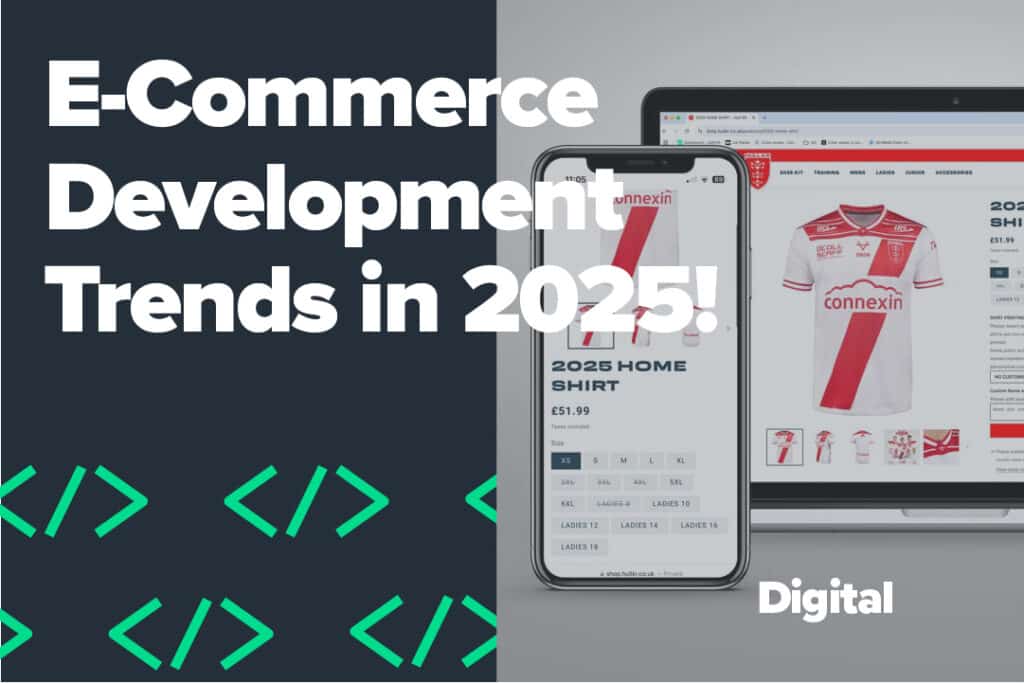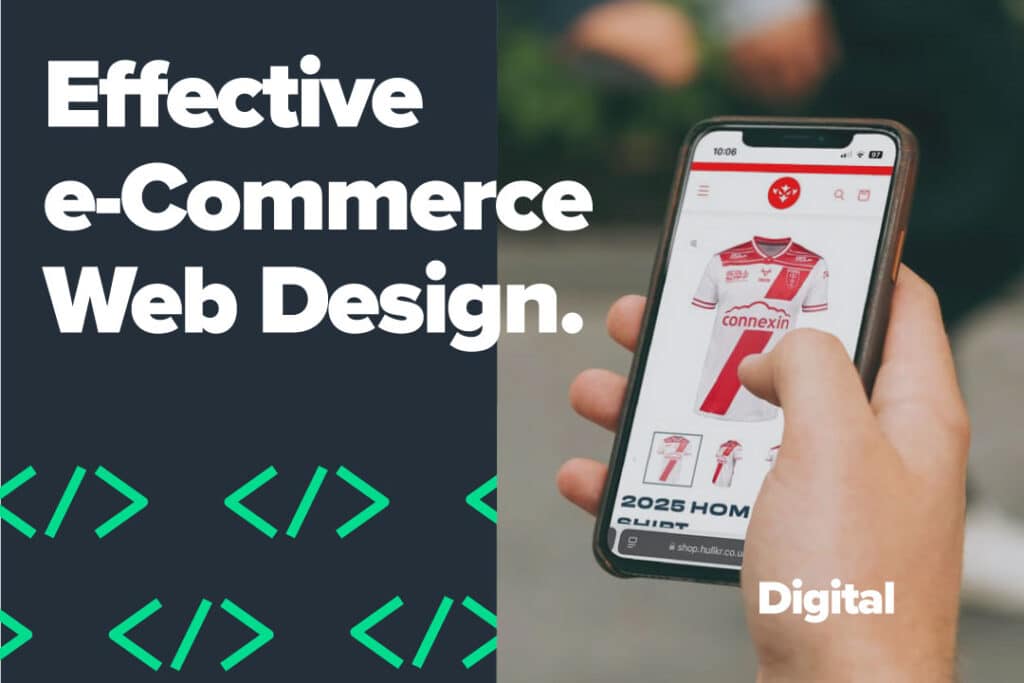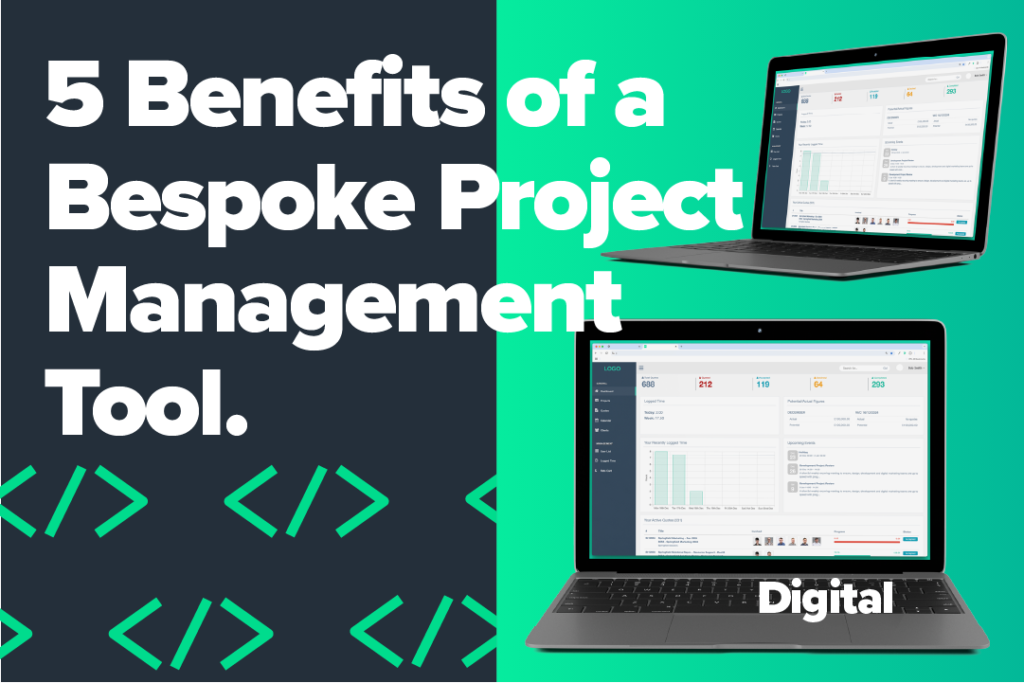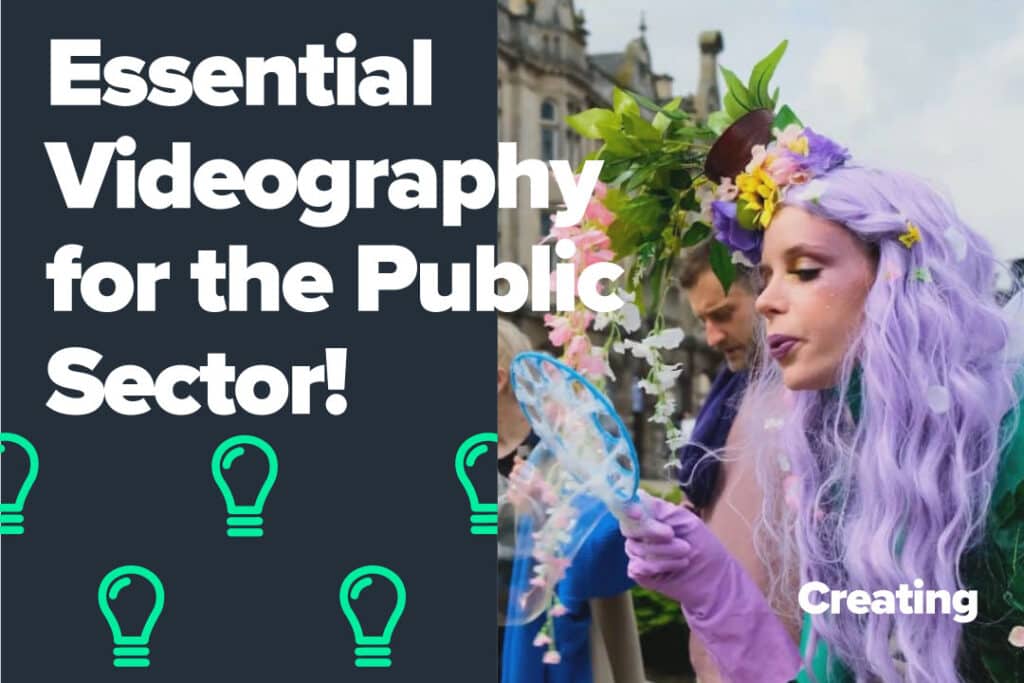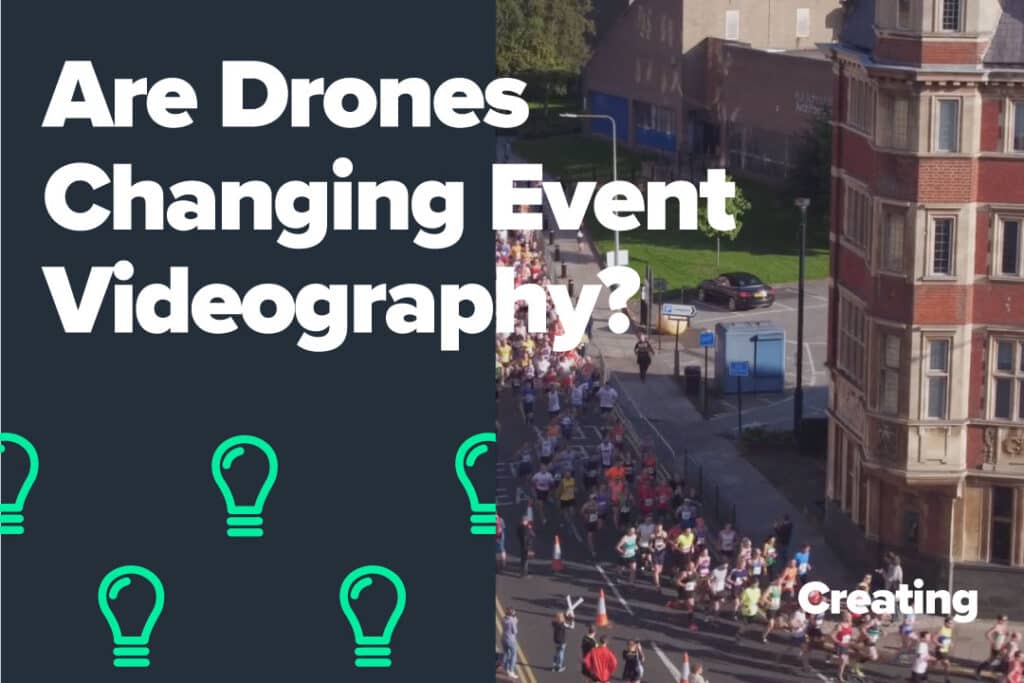Here at Eon Studios, VR and 360 experiences are just two of the new technologies driving our business forward. You might have noticed over the past 18 months we’ve created some really engaging pieces of content, but one problem we’ve struggled to navigate is how best to deliver the content not only to our clients but to their end users too.
When we first started creating the content, it was all delivered via mobile, typically in headsets with cardboard headsets such as the Google Cardboard being a great consumer level way of engaging yourself in the content. Cheaply available and easily customisable they were and continue to be a great marketing tool.
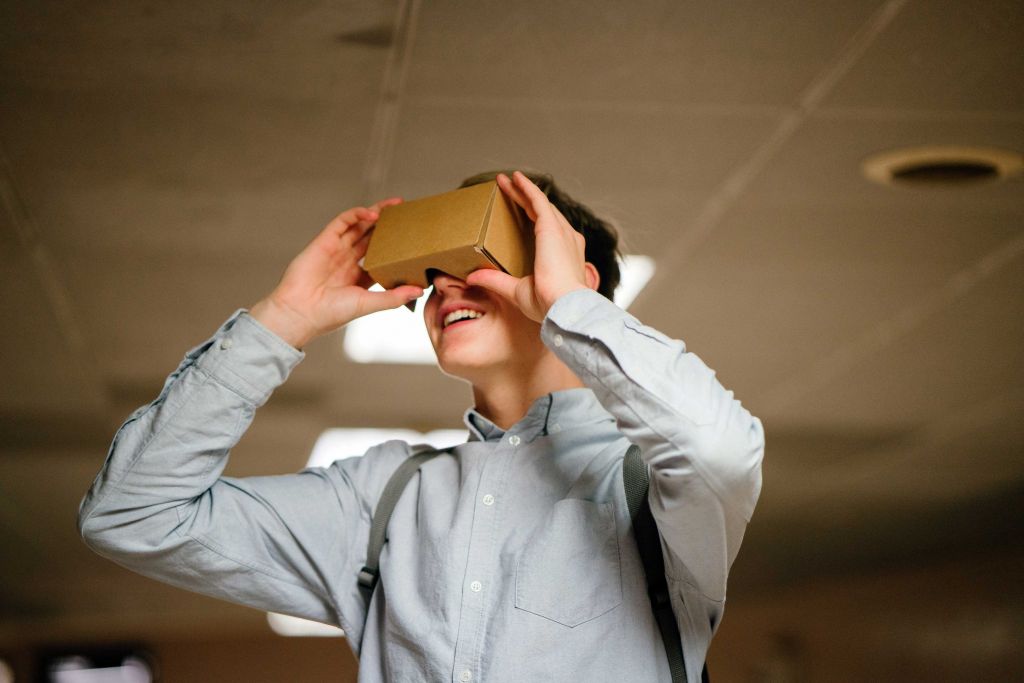
On the opposite side of the spectrum is larger, more comprehensive technology such as the Oculus Rift. The Oculus Rift pushed experiences to the next level, although it was aimed at consumers (gaming was a USP) it still carried a hefty price tag of £600. The Oculus Rift is more than just a headset, it has controllers, sensors and offers a truly immersive experience. But at £600, was the Oculus Rift ever going to be the go to device?
How do we bring the unique, immersed experience of the Rift in to our customers and the end users hands?
In steps, the Oculus Go. With no need for a computer or even a smart phone the Oculus Go is the first real standalone headset. Without the need to cable up to a computer or the clunkiness of putting a phone into a device, or even using a phone at all, the Oculus Go allows you to just pick up and play.
With its own internal storage, you can copy your own files onto the headset or download from a huge library of apps. From a business point of view this allows us to send our content out to our clients ready to use at exhibitions and events.
It also removes the need for a data connection, so the days of relying on wifi to demonstrate your latest 360 video at an exhibition or conference are gone.
But that’s not all…
An overall criticism of 360 and VR experiences are that they are largely solitary experiences. It’s a single experience for one user…but not with the Oculus Go. The Oculus Go allows users to cast live not only to other Oculus Go devices, but to screens as well, allowing a larger audience to view what that user is seeing. VR is finally transitioning into a shared experience.
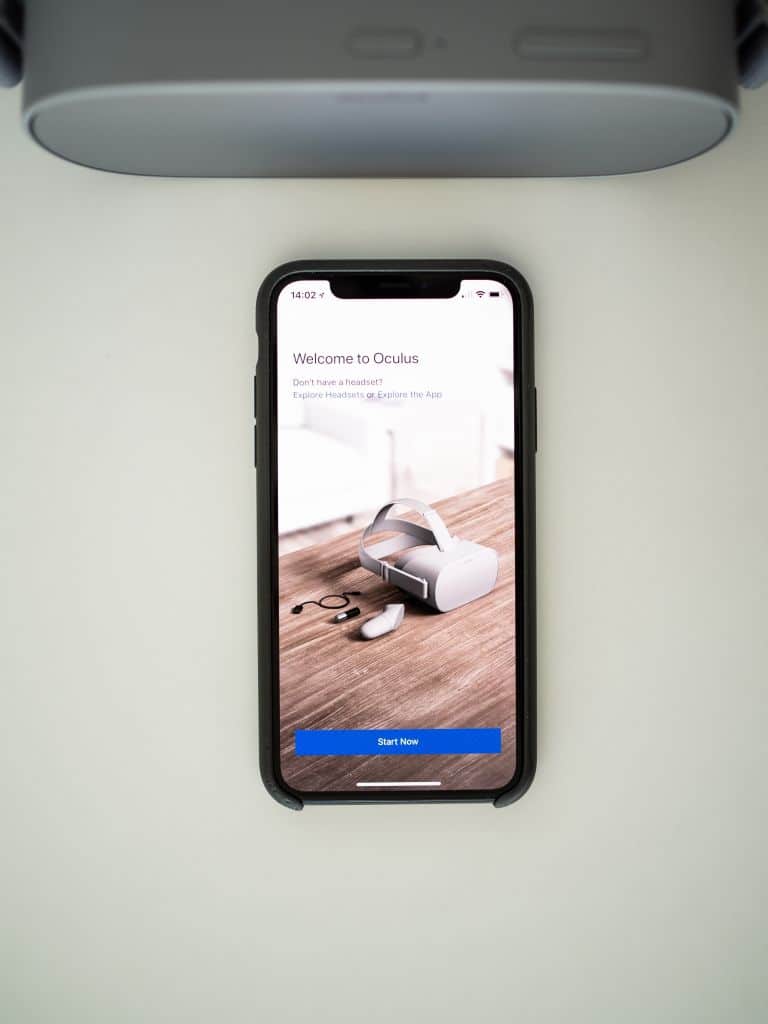
Like the larger VR devices, the Oculus Go offers more than just Youtube videos, with specially built apps and games utilising the included controller, making the device truly interactive.
Using popular SDKs and dev tools such Unity and Unreal means bespoke apps are at our and our customer’s finger tips.
This isn’t an advert for the Go, but it’s hard to ignore its pricing at a consumer level of £200. With its widely used apps and development tools, it is truly positioned the device as not only one with longevity but one with even greater future potential… features are being added every month. A perfect bit of kit for your 360 video or your bespoke, interactive, full immersive VR app.
For more information contact our team at [email protected]

